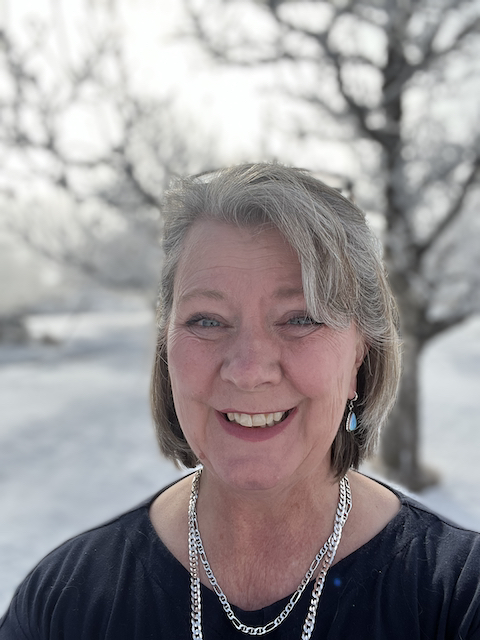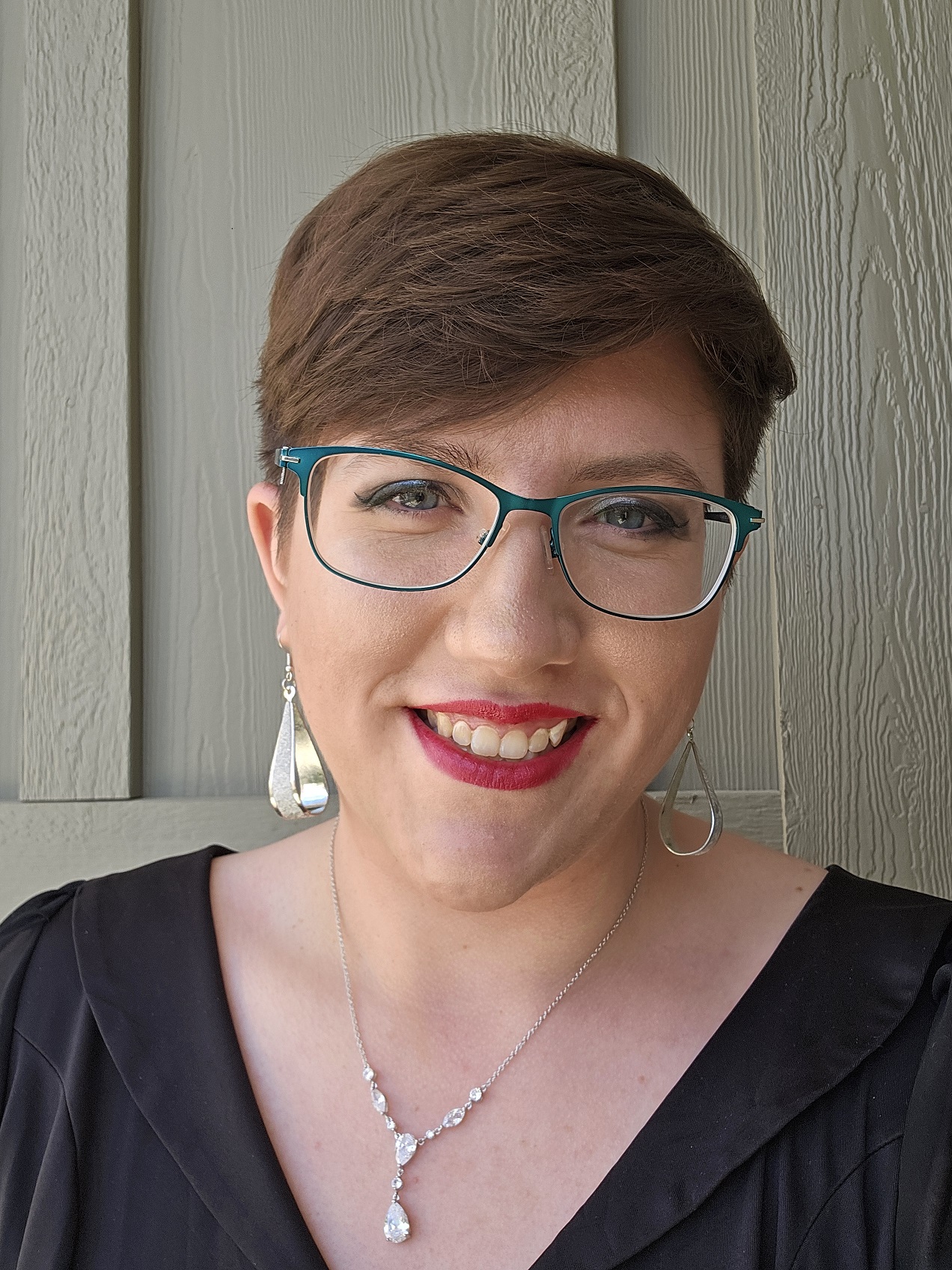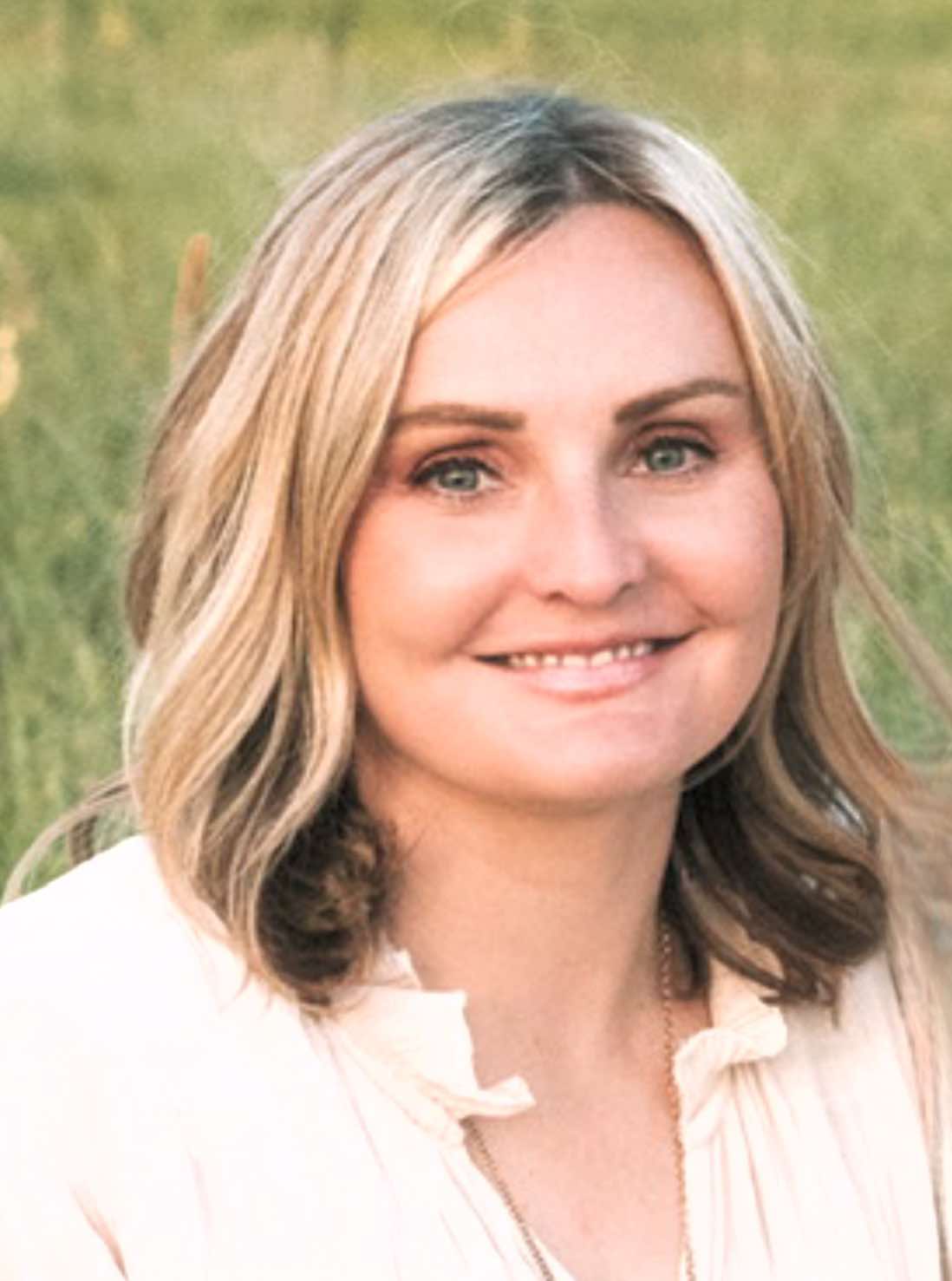Middle-aged sisters, I see you.
You spent your young adult years getting an education and your adult years raising a family. If you’re like me, you’re not the least bit sorry you did, but maybe now you’re not feeling prepared for the next stage of adulting. Don’t get me wrong. I’m not suggesting the work you did before wasn’t serious. It was.
When children go to college, parents’ health is failing, and you have no idea how to re-enter a career that kept evolving after you left, you’re likely facing some new challenges. If your experience is anything like mine, you’re realizing the world wasn’t custom-made for you. It might’ve been a square-peg-in-a-round-hole situation in your twenties, but it’s another planet now.
I can’t tell you how to solve it all—that will depend on your goals. But I want you to recognize the skills you’ve picked up along the way. Here are some suggestions that helped me.
1. Say a Prayer, Study It Out, and Decide What Success Means to You
I re-entered the working world part-time while my kids were in school. I was blessed with a great boss and a good office culture. Years later, I moved into more responsibility and received more hours.
A few years after landing the highest-profile job of my life, I walked away. There were many reasons for that, but the two biggest were my desire to help my parents and to salvage my sanity. It was not easy trying to balance the needs of three generations. The decision to leave came after prayer and studying not just scriptures, but family budgets. The prayers brought me peace. The budget told me change was possible.
I had the benefit of a supportive partner. I am so grateful for that. My experience raising a family on one income told me we could do it. When the children were small, I developed serious cooking and gardening skills. I didn’t know if we would have a lot of vacations and restaurant meals in our future, but we could still eat pasta in red sauce made from homegrown, vine-ripened tomatoes. We could enjoy the company of friends and ride our bikes through a lovely countryside.
2. Stop Using Other People’s Yardsticks to Measure Your Progress
I ended up starting my own business, leveraging contacts I already had. Soon, we were not feeling the pinch of a lost income anymore. I bought a new computer, spruced up the home office, paid my taxes, and took some trips. I was a solo entrepreneur for three years, and each year was more profitable than the one before.
I remember being in a room with other volunteer judges at my daughter’s high school debate tournament. A couple of them talked about their own businesses. I knew they might scoff at my little solo enterprise. They were making a lot more money than I was. Then I asked myself if I was happy. The answer was a definite “yes!” My work was serving my life goals, not the other way around. I was giving my parents some badly needed support. I still had the flexibility to judge a debate tournament and support my daughter’s school. I was having the kind of day I used to dream of.
Since then, my children have left the nest. My parents have passed on. Eventually, my biggest client (and former employer) wanted me to do some things that required a login—and a hire. I work for them now.
I still love what I do, and I’m still not rich. I just feel like I am . . . most days.
3. The Creative Life Might Need Some Boundaries Too
I wrote a book, but I was disappointed by its sales, especially when I calculated the return on the hourly investment. (One of the consequences of running my own business: I started calculating the value of my time.) I had friends who were able to make the author life work, but the rewards were unpredictable.
My first hurdle was getting over the feelings of failure. I couldn’t do everything I wanted with what I made as a novelist. My creative side contributed to my profession in public relations and marketing, and I wrote fiction in my off-hours. I comforted myself knowing that writing was a significant part of my work, and I was still being paid to do it.
Even so, I denied myself some things with a creative goal in mind. In my head, a dream vacation, an arts-focused experience, and a pedicure at that mysterious downtown salon were all reserved for the day I signed a book contract.
I realized I was holding my life hostage to things outside my control. I got the pedicure, started making vacation plans, and discovered that my love of writing still lived on. It is its own reward!
4. Give Yourself Some Credit—Mom Skills Are Real
Here is what I’d like to say to all the moms wondering where they fit in the working world: You’ve learned some valuable things. You just need to help the working world recognize them.
If you’ve persuaded your children to help in the garden, you know how to delegate and motivate a team. If you’ve operated on one income, you know how to budget. If you raised more than one child, you know the dangers of favoritism and the beauty of recognizing and developing individual talent. If you’ve ever tried to sort out the mystery of how the figurine on the mantlepiece broke, you know some lie-detection skills. If you’ve dedicated yourself to the mom thing for decades, you’ve definitely built up a work ethic.
So give yourself some credit. Give yourself a hug. Decide how you’ll measure success. Study your possibilities. Say a prayer.
And if it’s what you want to do, get yourself out there.

JoLynne J. Lyon









